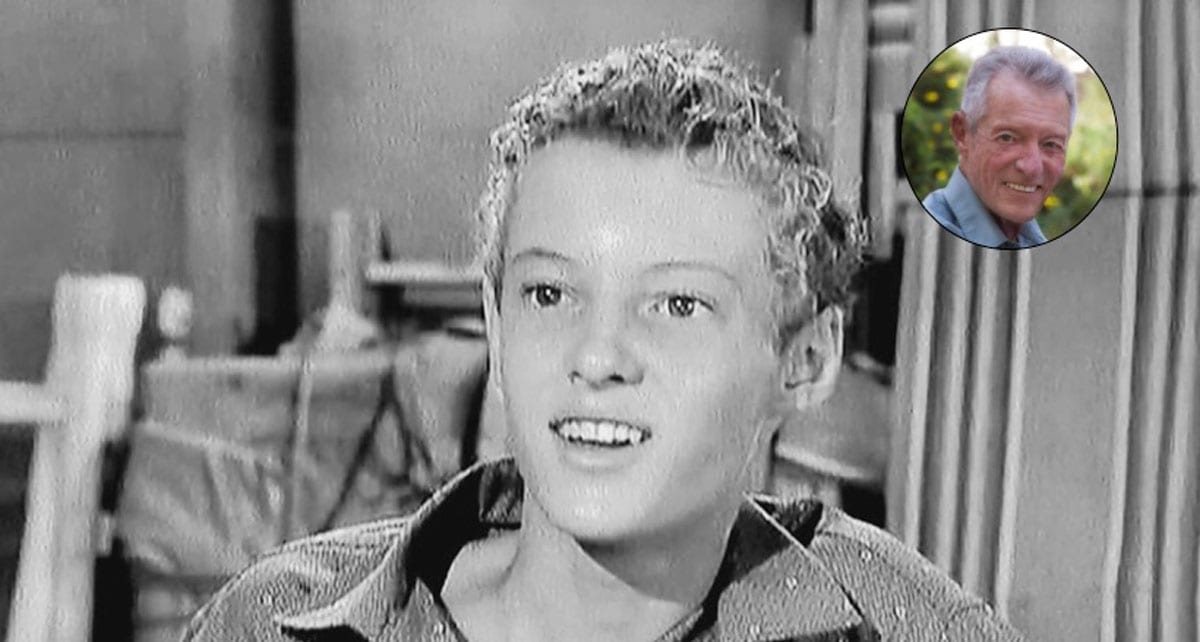Eddie Haskell. N. Any child or adult whose manner of flattery toward authority figures is excessive, unctuous, and reeking of hypocrisy.
Think back to when you were young and you ran into a smarmy kid just itching to butter up your parents before he let loose on you.
If you’re of a certain age — and that age cuts a wide swath — you probably thought, or perhaps even said, “this kid reminds me of Eddie Haskell.”
Eddie, as we say, had all the moves. He wasn’t just phony polite. He was so oily you could fry fish on him. And on a show such as “Leave it to Beaver,” that went out of its way to embrace the “wholesome slice of Americana” tag, Eddie was the one counterbalance to all that goodness. You weren’t supposed to like him. But you did. You got a kick out of him even if your mother would have forbidden you from hanging around with him.
“Leave it to Beaver” gave us so many memories. Who doesn’t want to break into a whistle when they hear the theme song? Wally and The Beav got into their share of trouble, especially when the series was young and they were too. Friends came and went. Larry Mondello gave way to Gilbert, Whitey and Richard; and Chester and Tooey fell by the wayside. Then there was Lumpy — perhaps our favorite sad sack.
But Eddie Haskell was the constant thorn in everyone’s side. Eddie may have been Wally’s age, and Wally’s buddy, but he was Beaver’s foil. Eddie knew how to get to The Beav, and — as the show went on — The Beav learned to give it right back.
Whereas the Cleaver sibs were drawn with intricate strokes (for a medium that was still in its infancy in 1957, the boys had plenty of nuance). Not so Eddie. He was painted with the broadest of brushes. There was nothing subtle about him. The writers’ intent with Eddie was hammered home like a 2×4 with a nine-inch nail.
Anyone who ever watched the show knew exactly what was going to happen when the Cleaver doorbell rang and Eddie was on the other side of it.
“Why good afternoon, Mrs. Cleaver. That’s a lovely dress you’re wearing. Might I see your son Wallace? And I must say I saw young Theodore on his way home from school. He’s turning into a fine looking boy.”
Then he’d be directed upstairs and it would be “hiya, Sam” (to Wally) and hiya, squirt” (Beaver) and his whole tenor would change.
Truth be told, though, Eddie was a rather pathetic figure. He always seemed to need Wally to fend off an angry kid whom he’d just insulted, or on whose girl Eddie was putting the moves.
He was reincarnated and updated somewhat by Robert Romanus as Mike Damone — the loudmouth braggart who scalped tickets to the entire school and got his best friend’s girl pregnant — in “Fast Times at Ridgemont High.”
Both had classic inferiority complexes. If Beaver or Wally got a little too pointed with their retorts, Eddie would act like the wounded warrior. And where Wally was a hit with the girls, Eddie was not. In fact, there was one episode where Wally graciously offered to run interference for Eddie with some girl, only to have the girl end up falling for Wally.
I also distinctly remember an episode where Wally got so exasperated with him that he dumped a whole carton of pistachio ice cream down Eddie’s pants.
Ken Osmond, who died Monday at the age of 76 (when did all these people get so old??), had the task of portraying Eddie as the supreme suck-up. He had to walk a fine line, because while you could peg him from a mile away, it would have hurt the show if he was too unlikeable. Osmond did that marvelously.
He could hold his own — as an actor — to anyone in the cast. And unlike some of the others, he was always good for a laugh or two — which is important if you’re starring in a sitcom.
Of course, we all knew an Eddie Haskell or two. Those kids were easy to pick out, and maybe they still are. Even if your real-life buddies and contemporaries didn’t show every classic Eddie Haskell trait, you’d chuckle and remind yourself of just how “Eddie Haskell-esque” they were.
In a show full of iconic characters Eddie Haskell stood out. “Leave it to Beaver” was a moral show, meaning that it endeavored to teach some kind of a lesson. And when the subject rolled around to Eddie, the only lesson was “don’t be like him.”
He may not have been the model friend. But it was sure fun to watch him be what he was.

